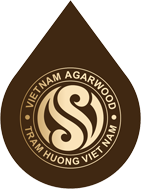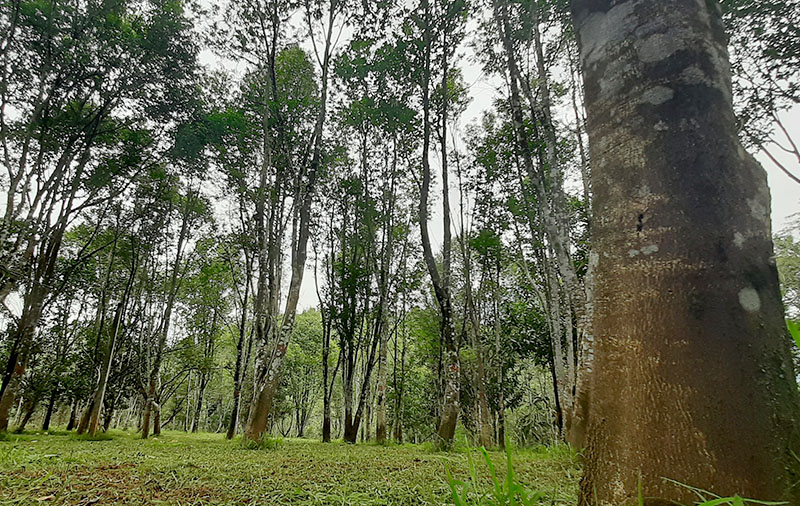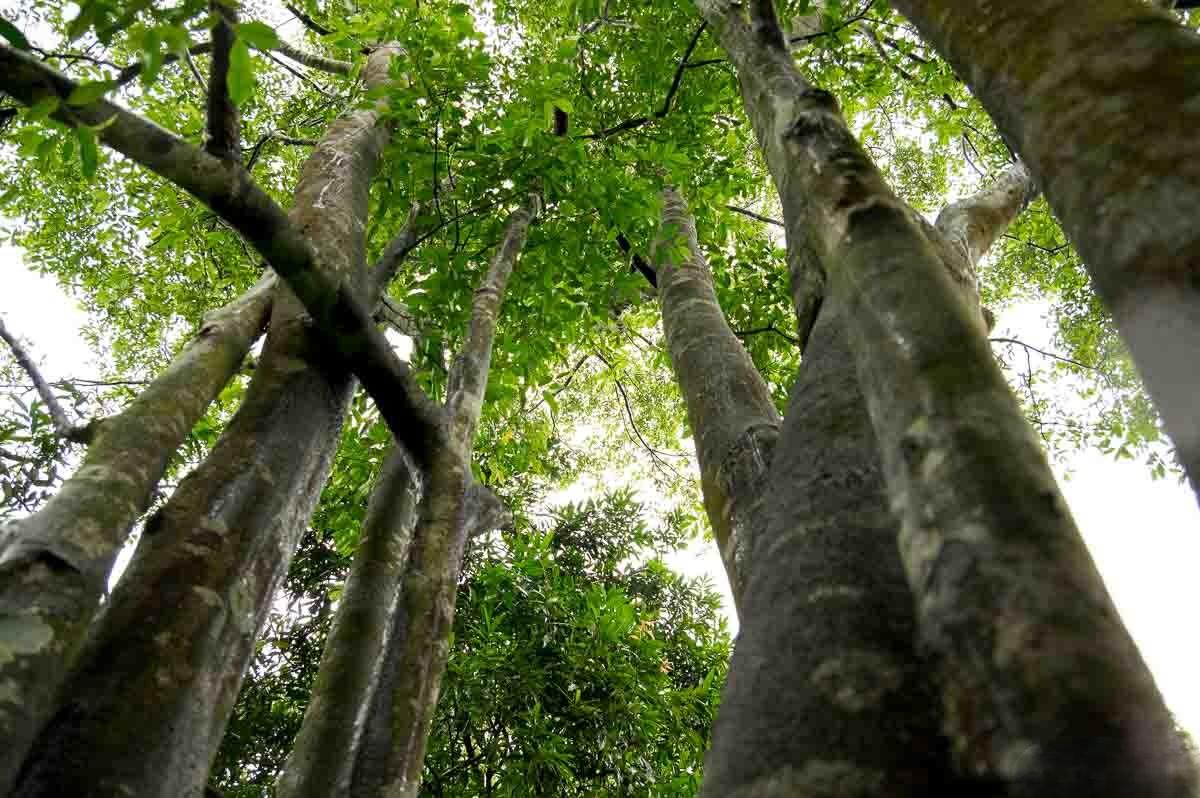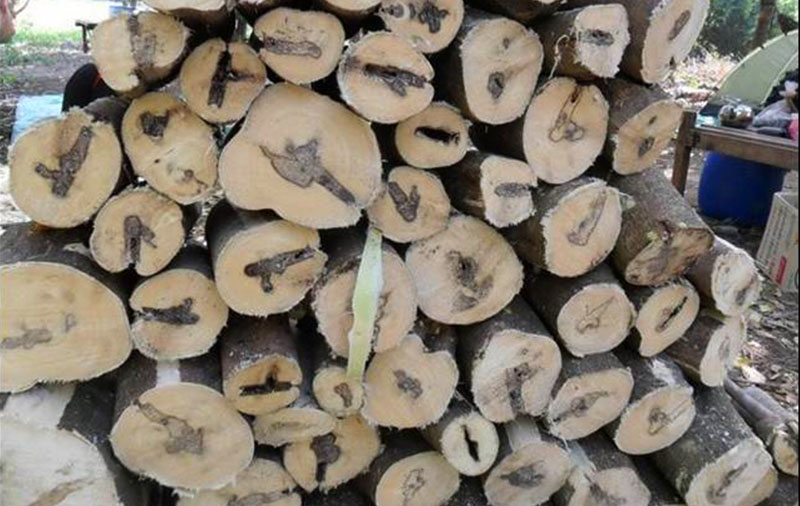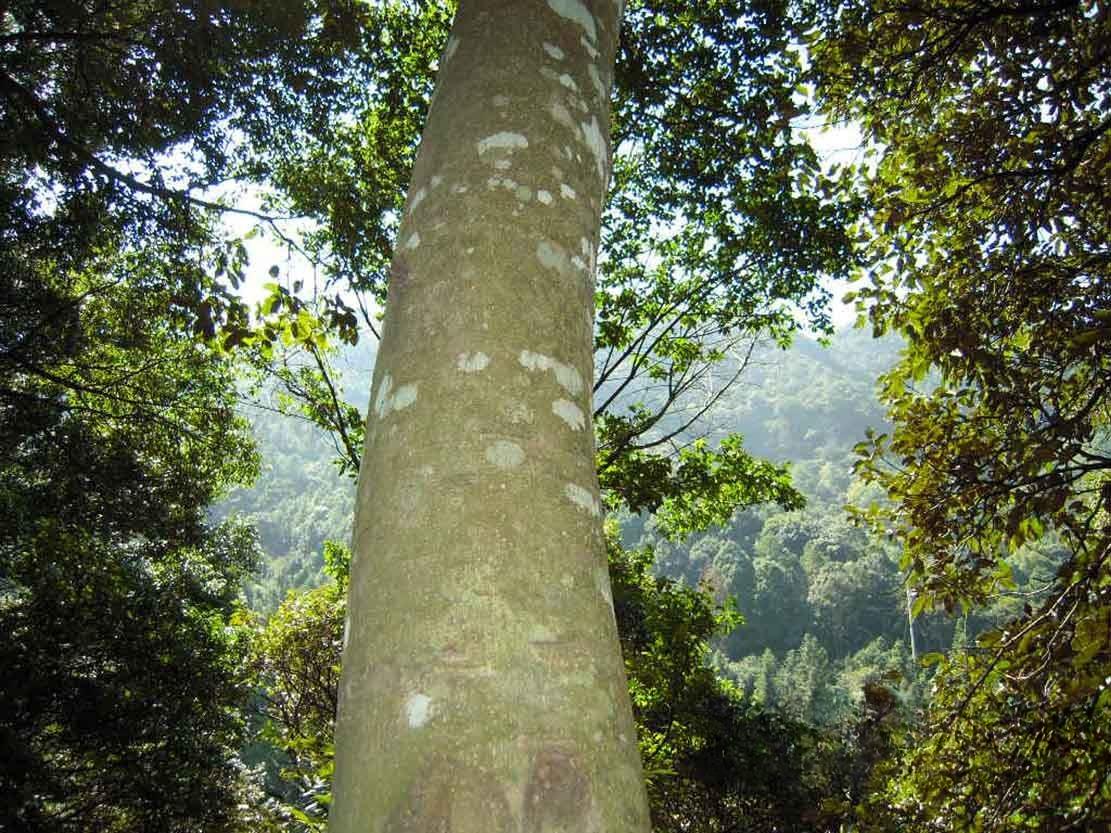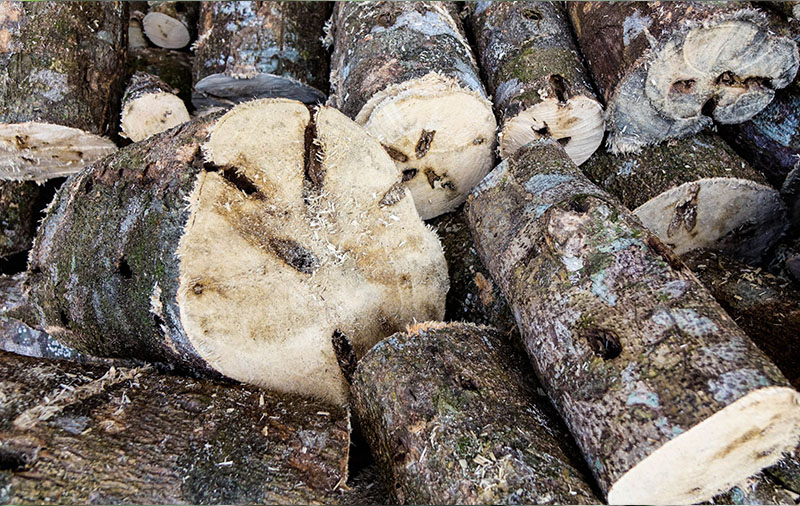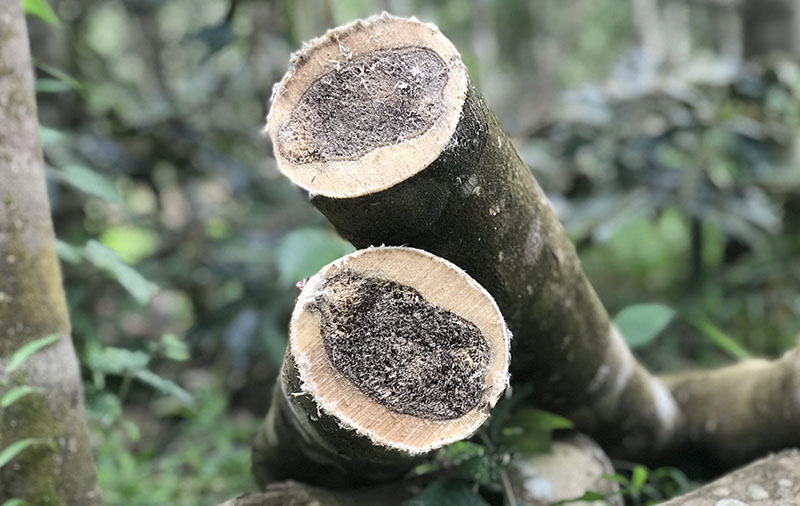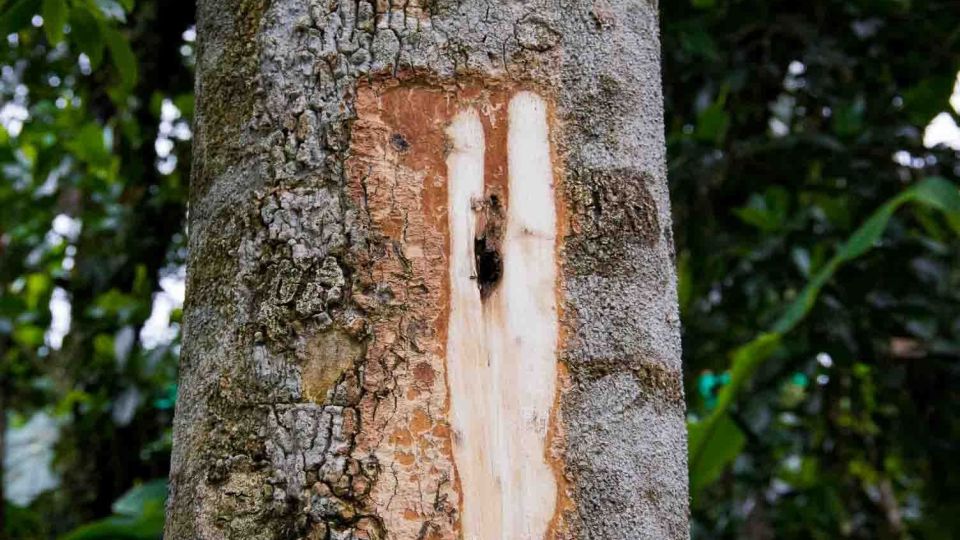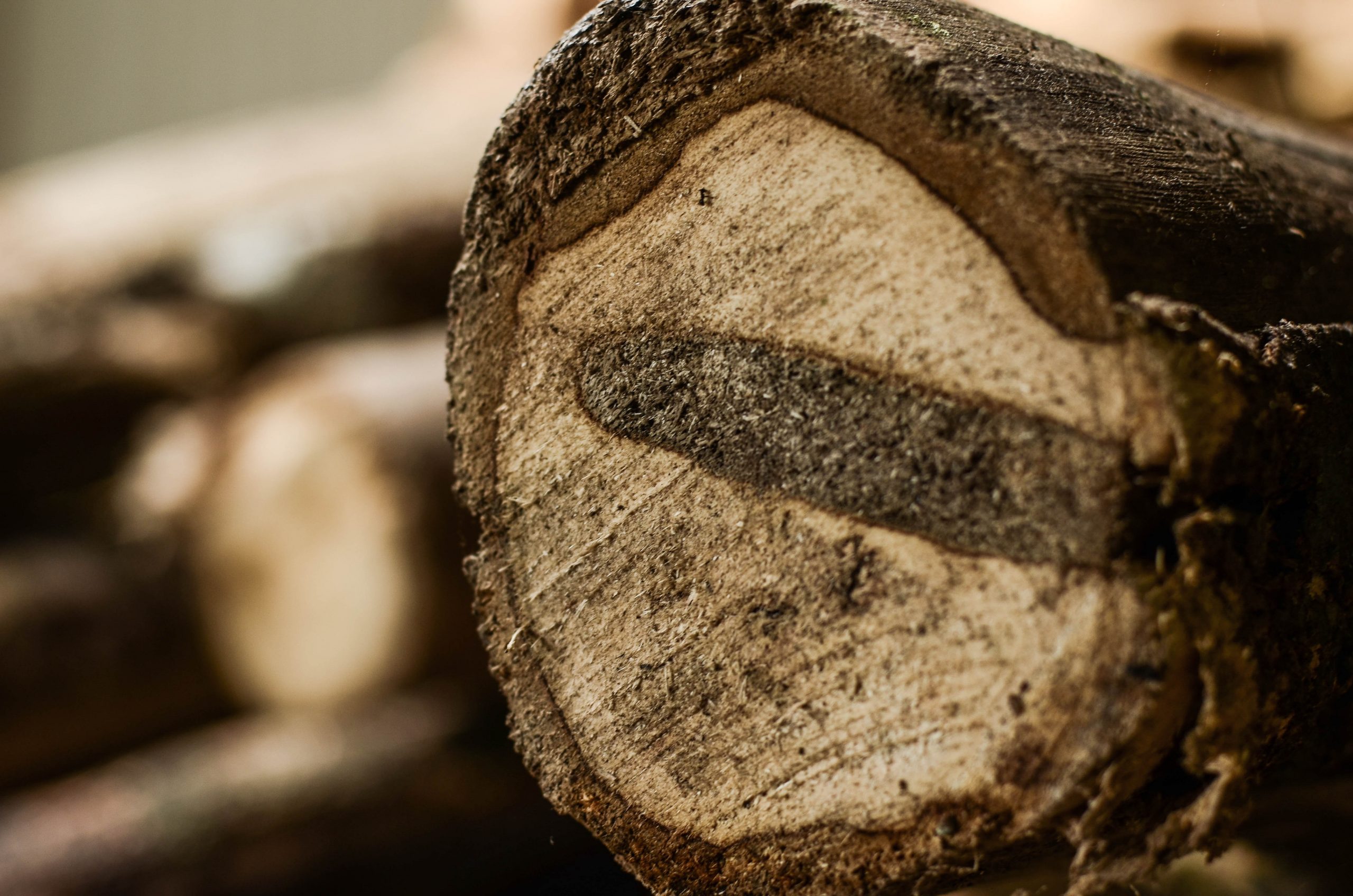
Agarwood source region
Agarwood Tree Plantation and Development
The increasing cultivation of agarwood trees in current localities indicates Vietnam's potential for expanding the cultivation of this aromatic tree, but the selection of varieties and cultivation methods to yield high-quality agarwood for a sustainable market is currently the most pressing issue.
At a workshop addressing the current situation of agarwood formation on Aquilaria spp. trees and the market for agarwood products, organized by the Ministry of Agriculture and Rural Development in Hanoi, participants shared valuable information regarding agarwood varieties, methods and timing of inducing agarwood formation, market trends for agarwood products, and the enhancement of legal frameworks in this field.
Deputy Minister of Agriculture and Rural Development, Hua Duc Nhi, emphasized the significance of organizing workshops on agarwood cultivation, as they play a crucial role in providing information to help relevant authorities and local governments understand and guide the development of this economically and socially valuable tree.
The high economic value of agarwood (also known as aloeswood or eaglewood) lies in the aromatic resin contained in the long-lived tree's trunk.
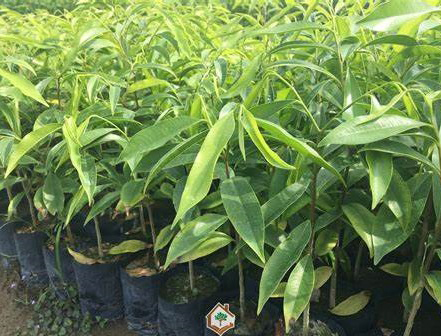
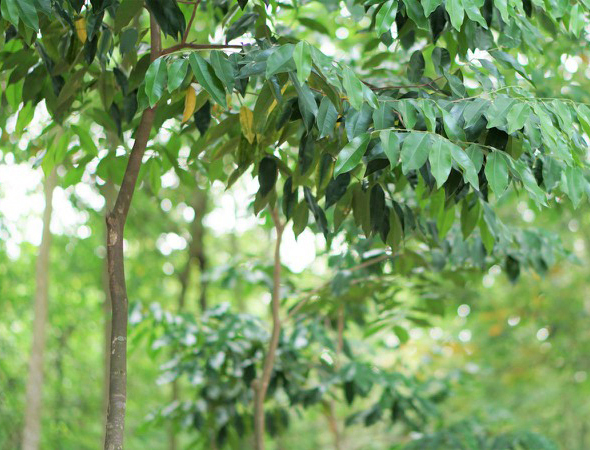

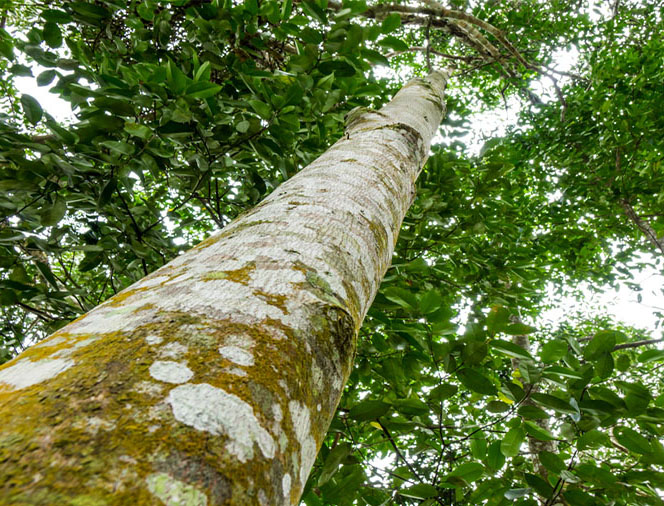
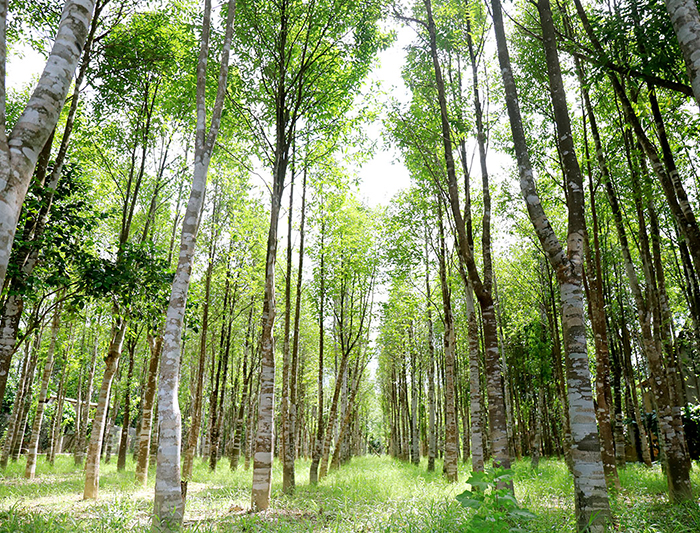

AGASEN AGARWOOD SOURCE REGION
According to statistics from the International Agarwood Association, there are currently more than 25 species of trees belonging to the Aquilaria family, mainly distributed in the countries of Indochina. In Vietnam, there are three common types of agarwood trees, namely Aquilaria crassna (mountain agarwood), Aquilaria banaensae (Bana agarwood), and Aquilaria baillonii (Baillon agarwood), distributed nationwide, particularly in the Central region.
Presently, the Vietnam Agarwood Association and Agasen are actively promoting and urging people to collaborate in cultivating agarwood trees to provide a sustainable and lucrative source of income in the long term.

 Hotline: 0927 323 888
Hotline: 0927 323 888


